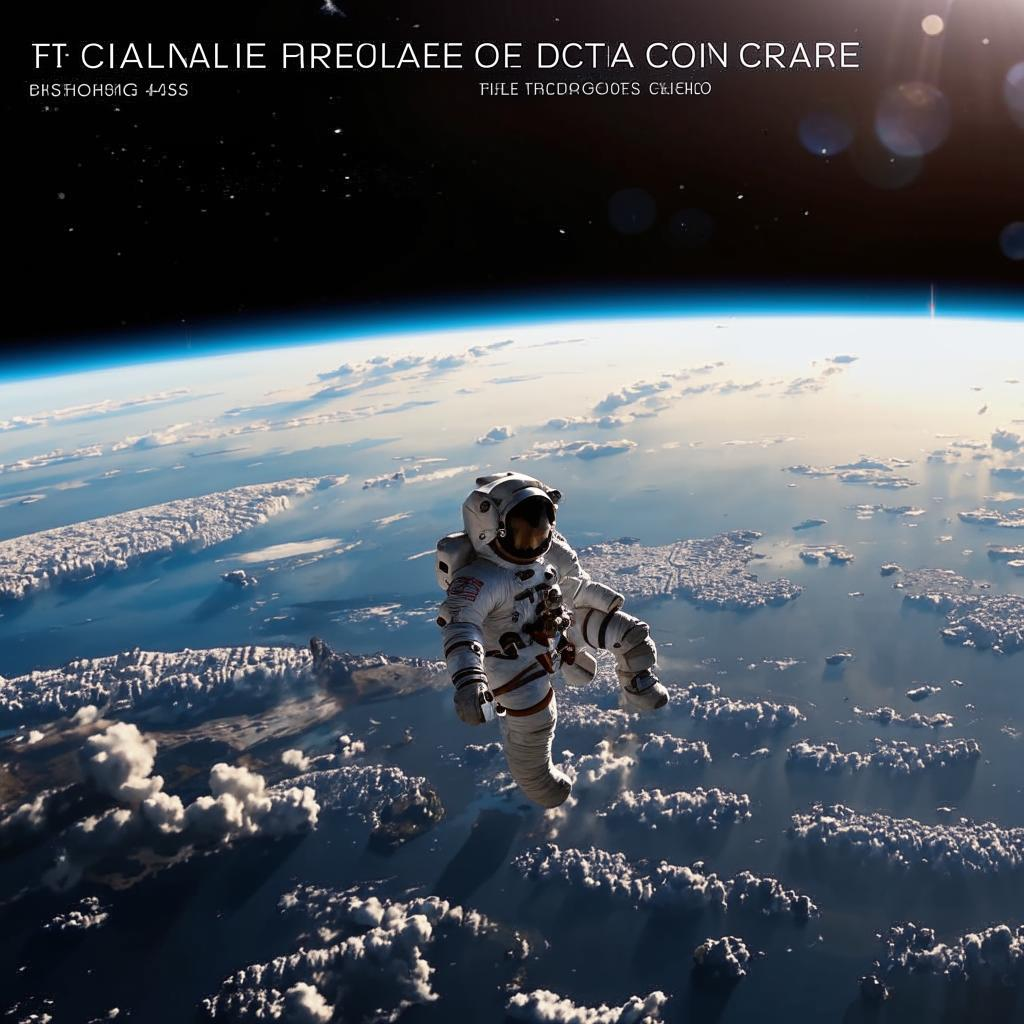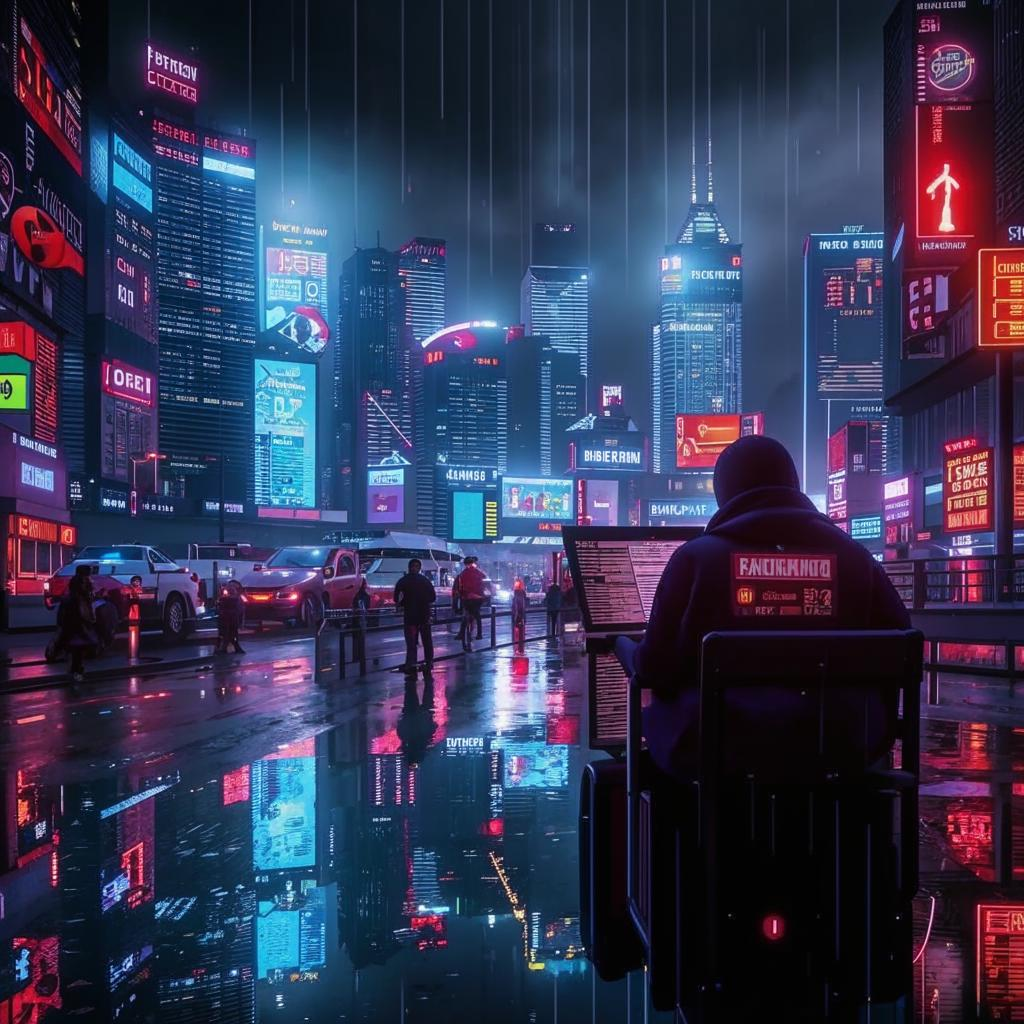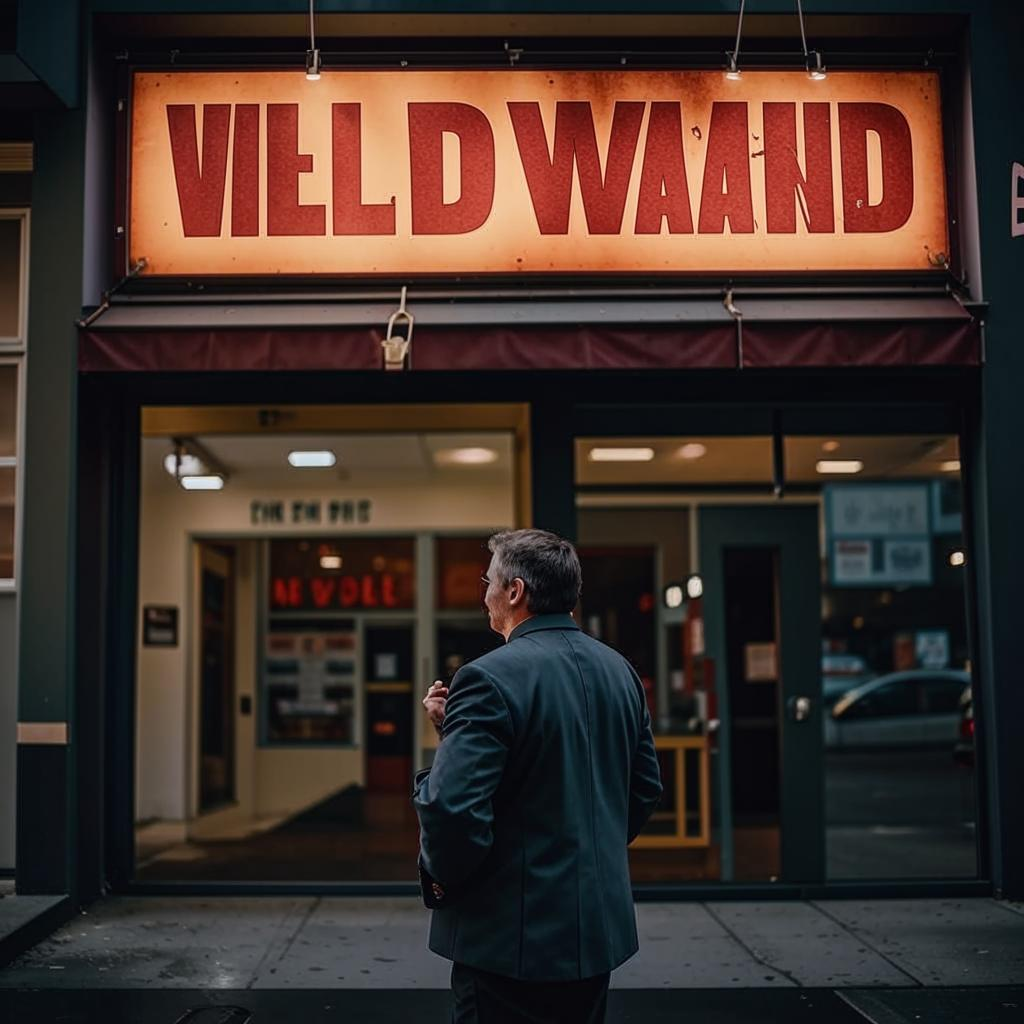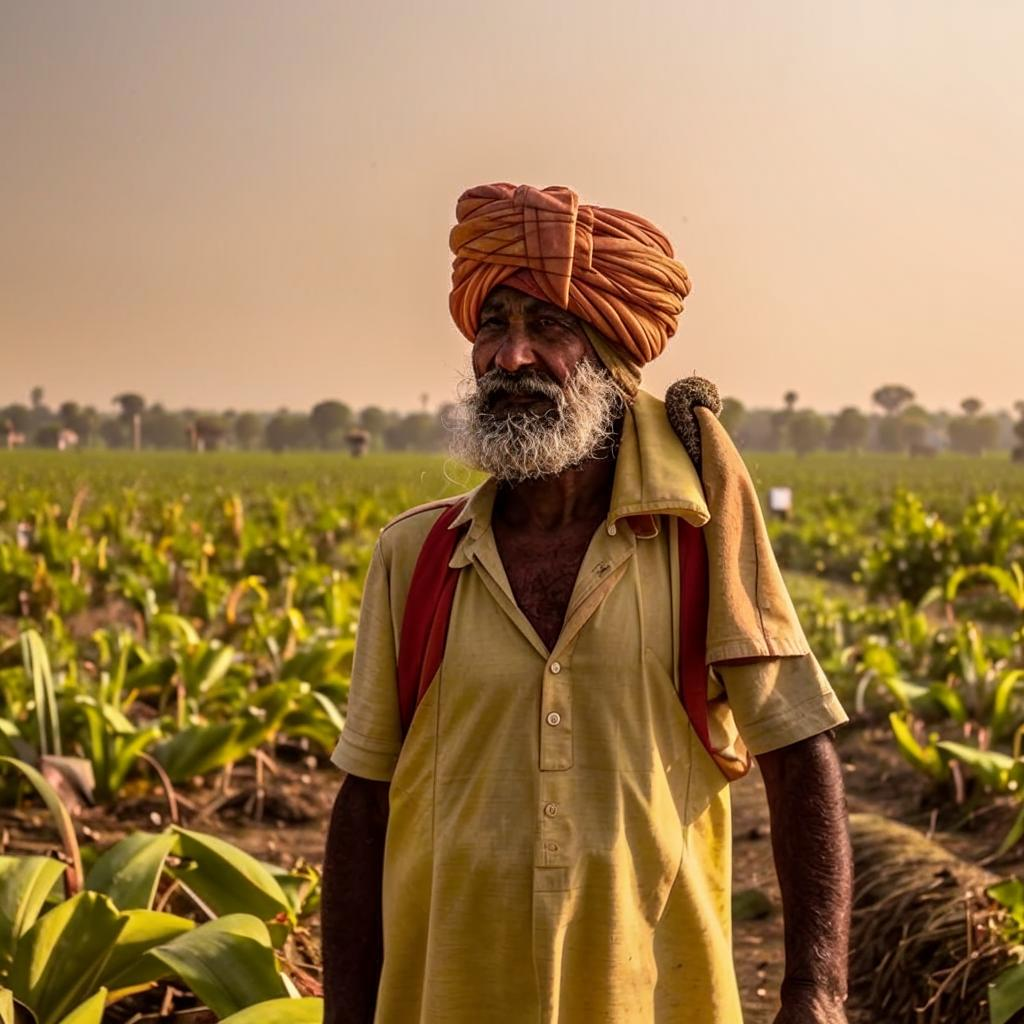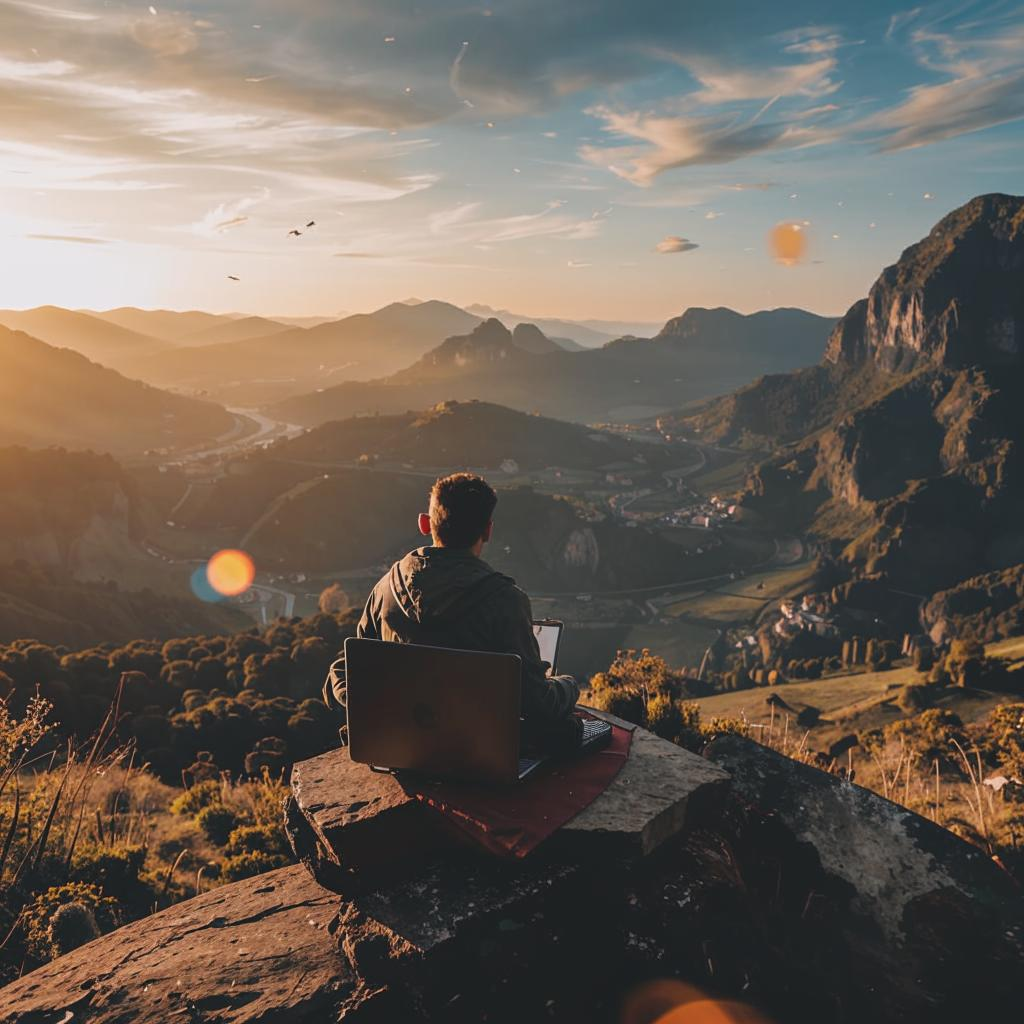The creator economy, once fueled by rapid growth and fleeting trends, is now entering a phase of maturity. The wild west of viral content and influencer marketing is evolving into a more sustainable and professional landscape. This shift demands that creators adapt and build more robust, long-term business models.
Initially, the creator economy was defined by its accessibility. Anyone with a smartphone and an internet connection could potentially build an audience and monetize their content. However, this low barrier to entry also led to a crowded marketplace, where standing out became increasingly difficult.
Now, creators are recognizing the need to diversify their income streams beyond advertising revenue and brand sponsorships. Many are exploring subscription models, offering exclusive content or services to their most loyal fans. Others are creating their own products, from merchandise to online courses, allowing them to control their brand and margins.
Platforms are also adapting to this new reality. They are providing creators with more tools and resources to manage their businesses, including analytics dashboards, payment processing solutions, and audience engagement features. This support is essential for creators to professionalize their operations and scale their businesses effectively.
This maturation also means a greater focus on quality and authenticity. Audiences are becoming more discerning, demanding content that is valuable, engaging, and genuine. Creators who prioritize building meaningful relationships with their audience and providing real value are more likely to succeed in the long run. The future of the creator economy is not about overnight fame, but about building sustainable and impactful businesses. Finishtit



